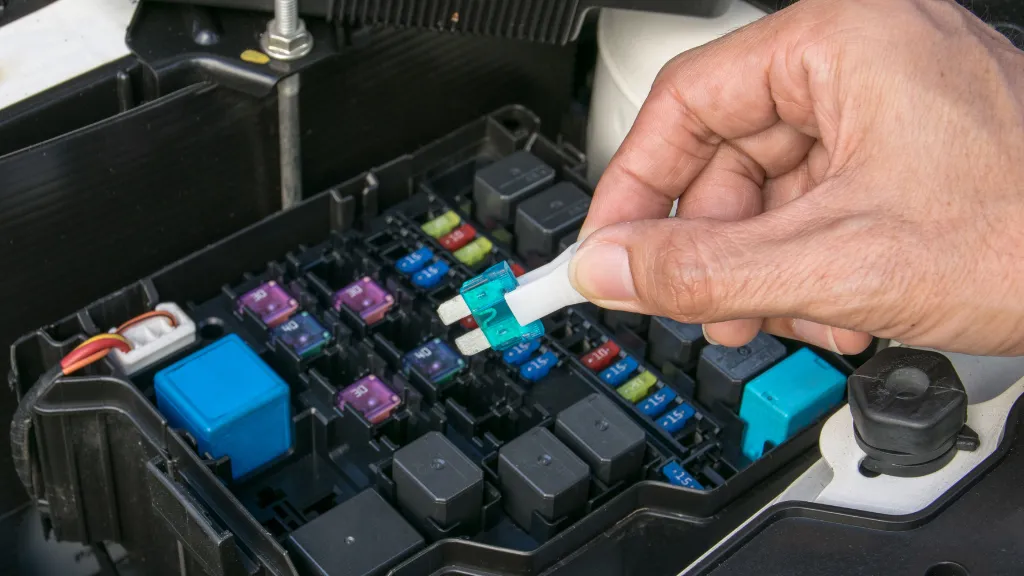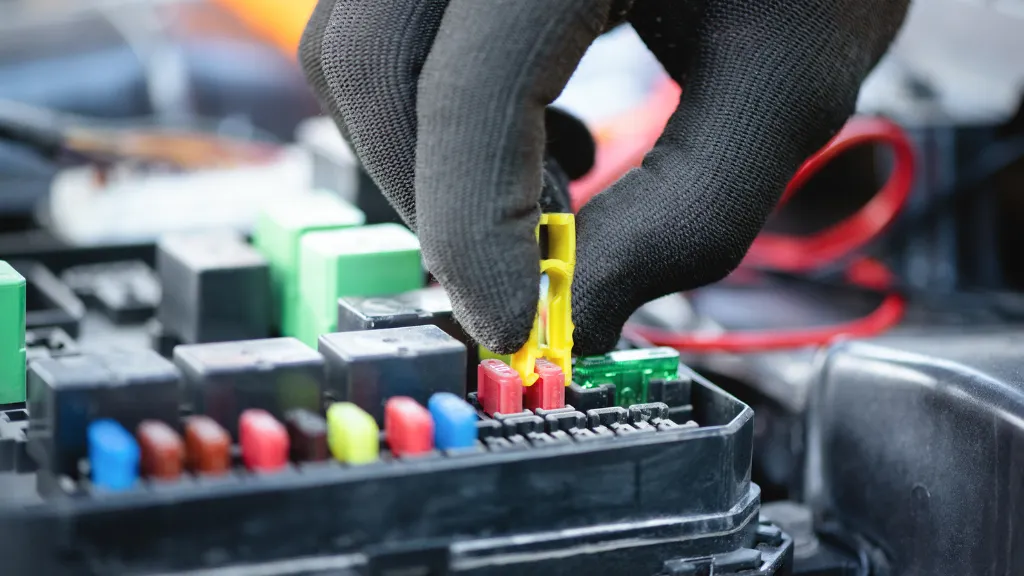How To Determine What Size Fuse To Use 12V
Fuses are the unsung heroes of electrical safety, serving as the first line of defense against overcurrents that can damage equipment and cause fires. In a 12V circuit commonly found in automotive and marine applications, choosing the correct fuse size is not just a matter of protection but also of ensuring the efficiency and reliability of your electrical system.
This article will guide you through selecting the right fuse size for your 12V circuit, helping you avoid the pitfalls of an incorrect choice.
Understanding Fuses and 12V Circuits
A fuse is a safety device consisting of a strip of wire that melts and breaks an electric circuit if the current exceeds a safe level. For 12V circuits, fuses prevent the wiring from carrying a current strong enough to damage the circuit components.
There are various fuses, including blade fuses, glass tube fuses, and ceramic fuses, each with specific applications.
12V circuits are commonplace in vehicles and boats, powering everything from lights and stereos to electric pumps and refrigerators. The voltage refers to the potential difference that drives the current through the circuit, and while 12V is considered low voltage, it can still pose a hazard if not properly managed.

Factors to Consider When Choosing a Fuse
Selecting the right fuse requires understanding the current rating of the circuit, which is the maximum current it can handle without overheating. You also need to know the peak operating current of the devices on the circuit, which is the highest current they draw, typically at startup.
The wiring material and length can affect resistance and voltage drop, influencing the fuse rating.
Calculating the Correct Fuse Size
To calculate the correct fuse size for your 12V circuit, follow these steps:
- Determine the maximum current draw of your circuit by adding up the current ratings of all the devices.
- Consider both the continuous current, which devices draw under normal operation, and the peak current, which is drawn when devices start up.
- Check the manufacturer’s specifications for recommended fuse sizes for each device.
- Apply the “Rule of Thumb,” which suggests using a fuse rated at approximately 125% of the normal operating current for the circuit, allowing for safe operation without unnecessary fuse blows.
Practical Examples
Let’s put this into practice with some examples:
- For a car stereo system with a maximum current draw of 10A, you would select a fuse slightly above this rating, such as a 15A fuse, to account for startup currents and ensure continuous operation.
- For LED lighting circuits with a total draw of 2A, a 3A fuse would provide adequate protection.
- A 12V refrigerator in an RV drawing 5A would be well-served by a 7.5A fuse, allowing for the initial surge when the compressor starts.
Installation Tips and Safety
Proper installation is crucial for fuses to perform their protective role. Ensure the fuse is compatible with the fuse holder, and always disconnect the battery or power source before working on the circuit.
Regularly inspect fuses for signs of damage or corrosion and replace them with the exact type and rating if they blow.

Advanced Considerations
Sometimes, you should consider slow-blow fuses, which can tolerate temporary surges, or fast-acting fuses for sensitive equipment. Ambient temperature can also affect fuse selection, as high temperatures can reduce the current-carrying capacity of the fuse.
Conclusion
Selecting the correct fuse size for a 12V circuit is a straightforward but vital process. By understanding the basics of fuse operation and the specifics of your circuit, you can ensure that your electrical system is safe and functional.
Remember to check and maintain your fuses regularly, and when in doubt, consult a professional.
Frequently Asked Questions
What happens if I use a fuse that’s too high for my 12V circuit?
Using a fuse with a rating too high for your 12V circuit can prevent the fuse from blowing during an overcurrent situation, potentially causing damage to your electrical components or creating a fire hazard.
Can I replace a blown fuse with one of a lower rating if it’s all I have?
Replacing a blown fuse with one of a lower rating may result in the fuse blowing again if the normal operating current is higher than the fuse rating, which can cause your circuit to stop functioning. It’s important to use a fuse with the correct rating to ensure proper protection and operation.

Author
Alex Klein is an electrical engineer with more than 15 years of expertise. He is the host of the Electro University YouTube channel, which has thousands of subscribers.
